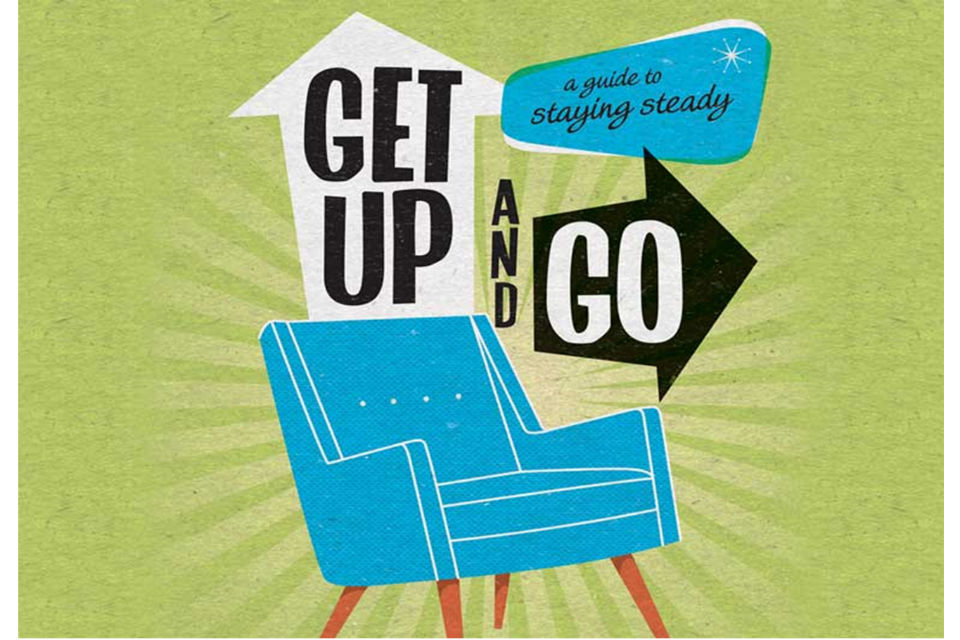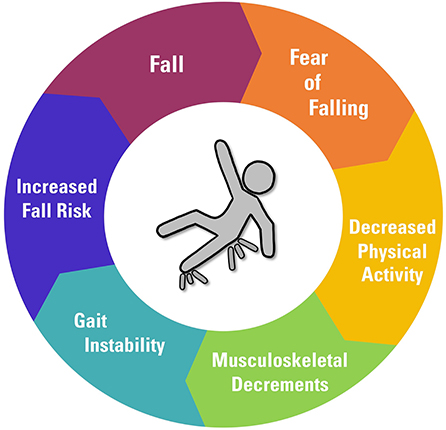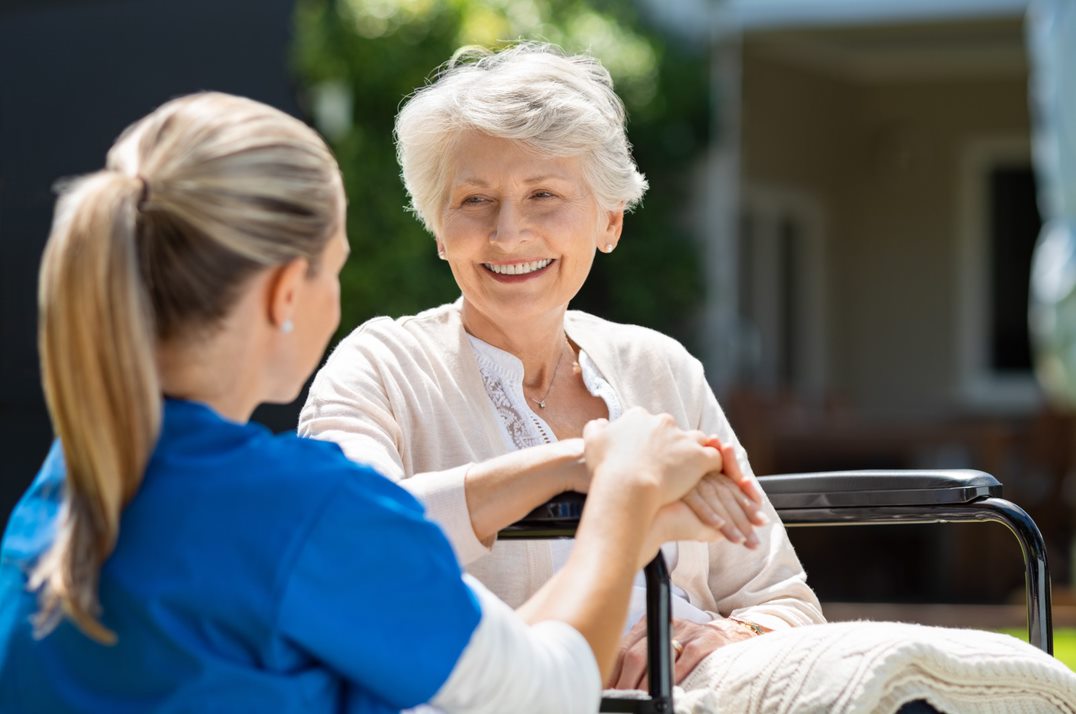See This Report on Dementia Fall Risk
The Dementia Fall Risk Ideas
Table of ContentsSome Known Facts About Dementia Fall Risk.Dementia Fall Risk Can Be Fun For EveryoneGet This Report about Dementia Fall RiskHow Dementia Fall Risk can Save You Time, Stress, and Money.How Dementia Fall Risk can Save You Time, Stress, and Money.
The FRAT has 3 sections: drop threat status, threat factor list, and activity strategy. A Fall Danger Condition consists of information regarding background of recent falls, medications, emotional and cognitive standing of the individual - Dementia Fall Risk.If the patient scores on a danger aspect, the corresponding number of points are counted to the individual's loss danger score in the box to the far. If an individual's loss danger score amounts to 5 or greater, the individual goes to high danger for drops. If the client ratings just four points or reduced, they are still at some threat of dropping, and the registered nurse must utilize their finest scientific analysis to handle all autumn danger aspects as part of an alternative care plan.
These standard approaches, in general, assist develop a secure atmosphere that reduces unintended falls and marks core precautionary steps for all clients. Signs are vital for individuals at risk for drops.
Little Known Facts About Dementia Fall Risk.
As an example, wristbands must consist of the patient's last and given name, day of birth, and NHS number in the UK. Information ought to be printed/written in black against a white history. Just red shade should be used to signal special individual standing. These recommendations follow existing growths in client recognition (Sevdalis et al., 2009).
Things that are also far might require the person to connect or ambulate needlessly and can possibly be a hazard or add to drops. Assists protect against the person from heading out of bed without any kind of aid. Nurses react to fallers' phone call lights quicker than they do to lights launched by non-fallers.
Aesthetic impairment can substantially create drops. Maintaining the beds closer to the floor lowers the risk of drops and major injury. Positioning the bed mattress on the flooring dramatically lowers autumn threat in some medical care settings.
Our Dementia Fall Risk Statements
Patients that are high and with weak leg muscle mass who attempt to sit on the bed from a standing position are likely to drop onto the bed since it's as well reduced for them to reduce themselves securely. If a tall person efforts to obtain up from a reduced bed without support, the patient is likely to fall back down onto the bed or miss the bed and fall onto the floor.
They're developed to promote prompt rescue, not to stop falls from bed. Audible alarms can likewise remind the individual not to stand up alone. Making use of alarms can likewise be a replacement for physical restrictions. Besides bed alarm systems, increased supervision for high-risk clients also may help prevent drops.

Clients with a shuffling gait increase fall chances considerably. To lower loss danger, footwear need to be with a little to no heel, thin soles with slip-resistant walk, and support the ankle joints. Suggest client to use nonskid socks to avoid the feet from moving upon standing. However, encourage people to use suitable, well-fitting shoesnot nonskid socks for ambulation.
Things about Dementia Fall Risk
Individuals, specifically older grownups, have actually reduced aesthetic capability. Illumination an unfamiliar atmosphere helps raise exposure if the individual should obtain up at night. In a research study, homes with adequate illumination record less falls (Ramulu et al., 2021). Enhancement in lights in your home might reduce loss prices in older adults (Dementia Fall Risk). Making use of gait belts by all healthcare providers can advertise safety when assisting clients with transfers from bed to chair.

Sitters work for assuring a safe and secure, secured, and risk-free setting. Nonetheless, researches showed really low-certainty proof that caretakers reduce loss risk in acute care healthcare facilities and just moderate-certainty that options like video clip tracking can decrease sitter use without boosting autumn danger, suggesting that sitters are not as useful as initially thought (Greely et al., 2020).
Dementia Fall Risk for Dummies

Raised physical conditioning minimizes the risk for drops and restricts injury that is suffered when fall takes place. Land and water-based exercise programs may be likewise useful on balance and stride and thus decrease the threat for falls. Water workout might add a positive benefit on equilibrium and stride for women 65 years and older.
Chair Increase Exercise is a simple sit-to-stand workout that aids reinforce the muscle mass in the thighs and butts and improves mobility and independence. The objective is to do Chair Rise exercises without making use of hands as the client becomes more powerful. See sources area for an in-depth guideline on exactly how to do Chair Surge workout.